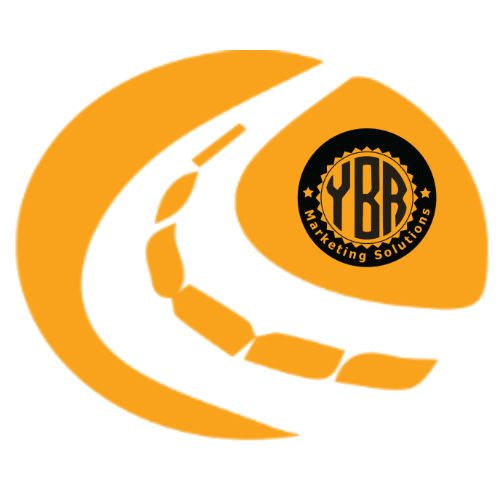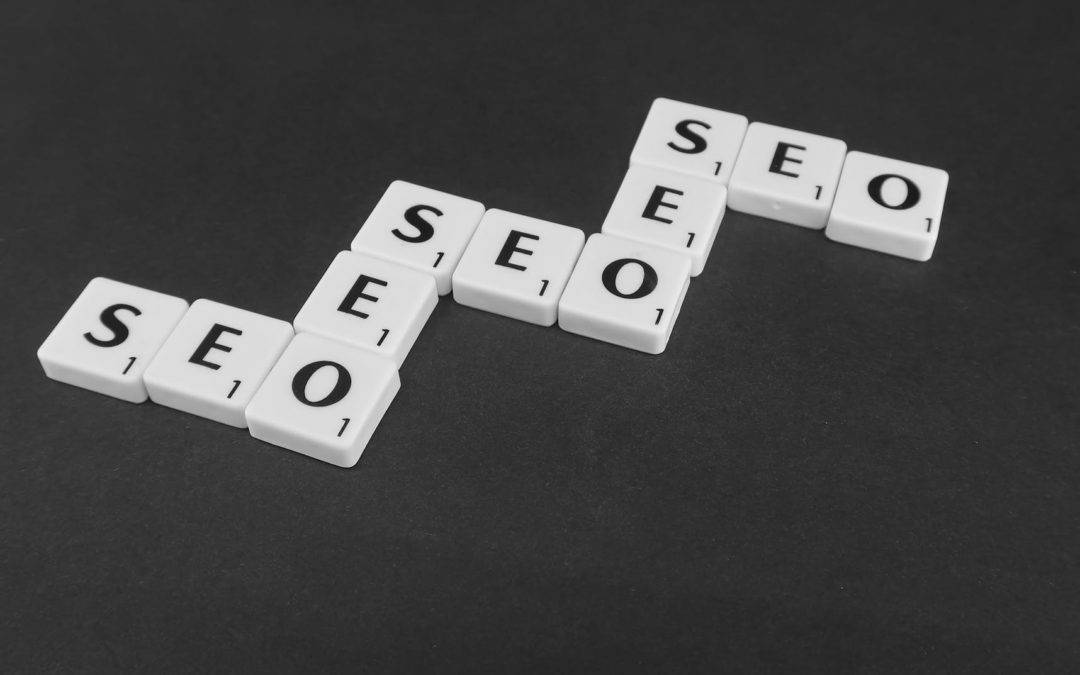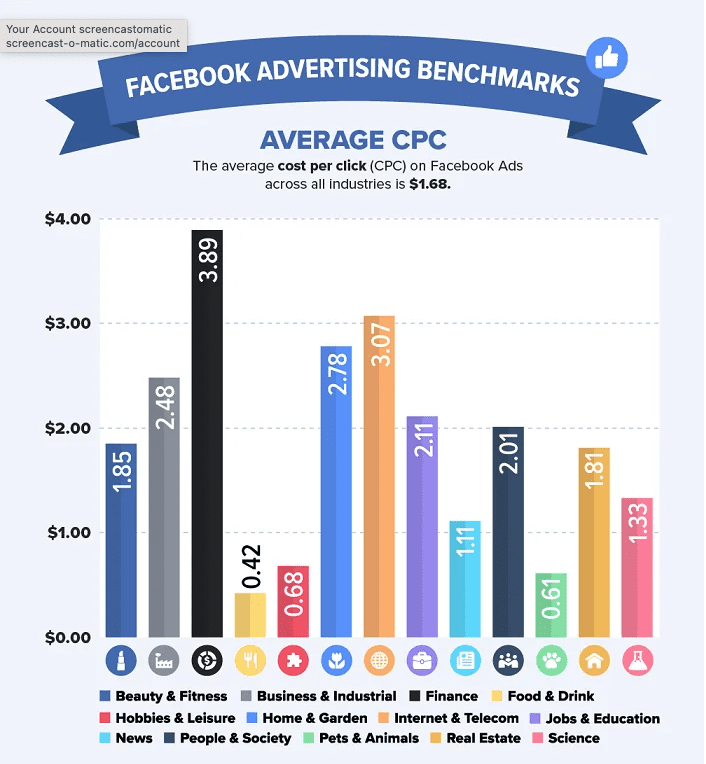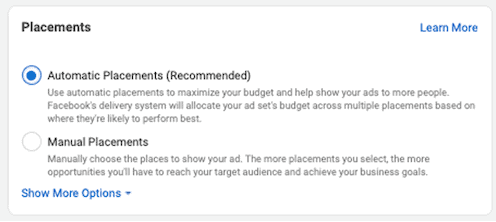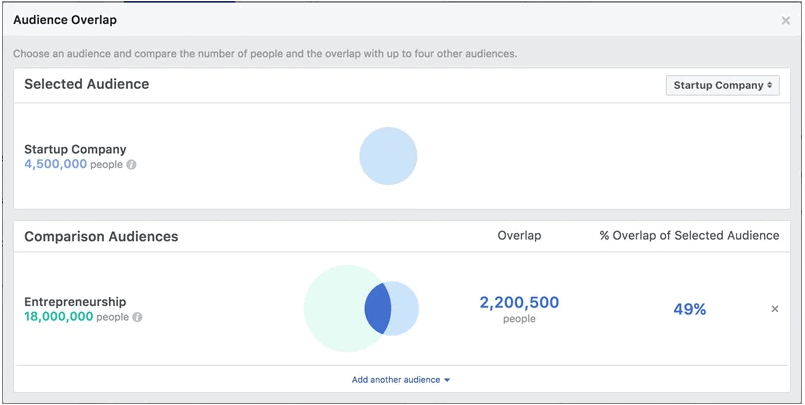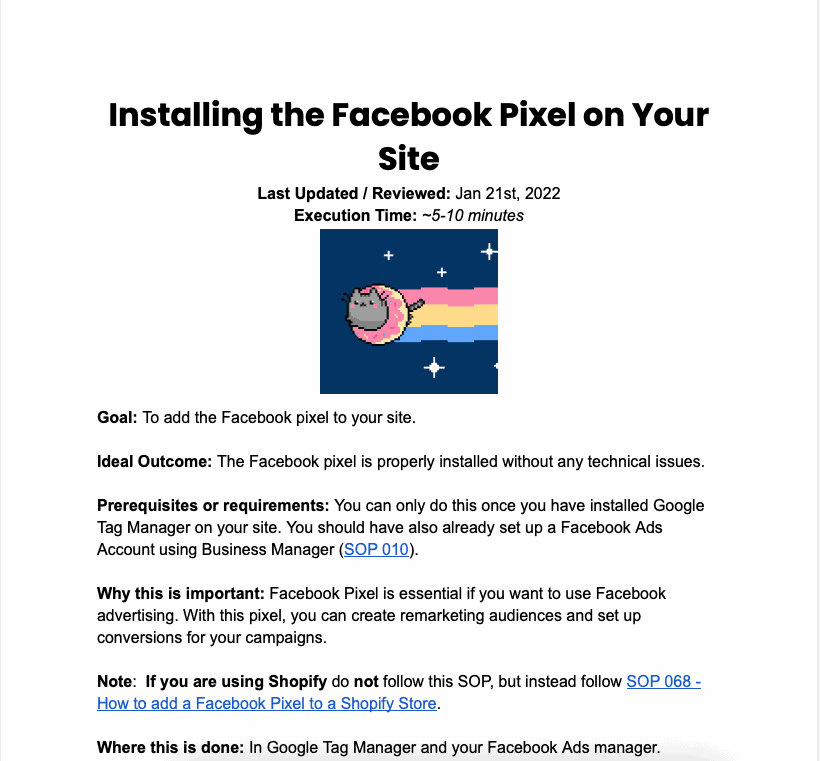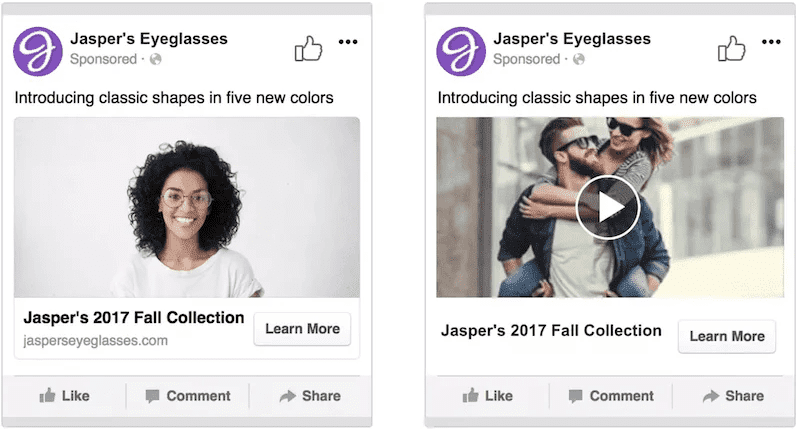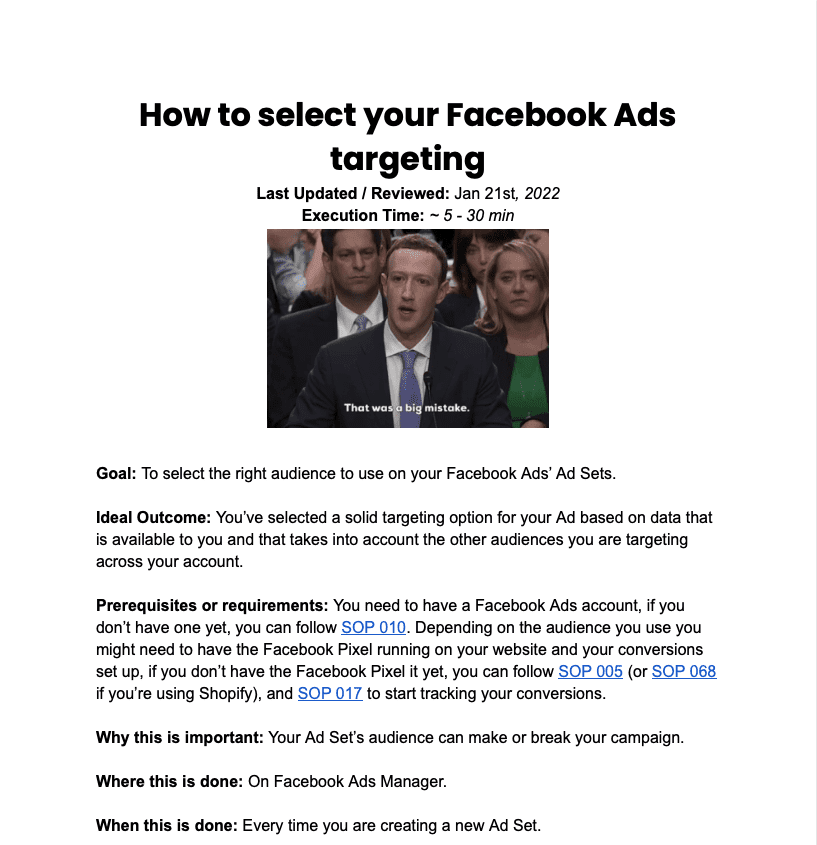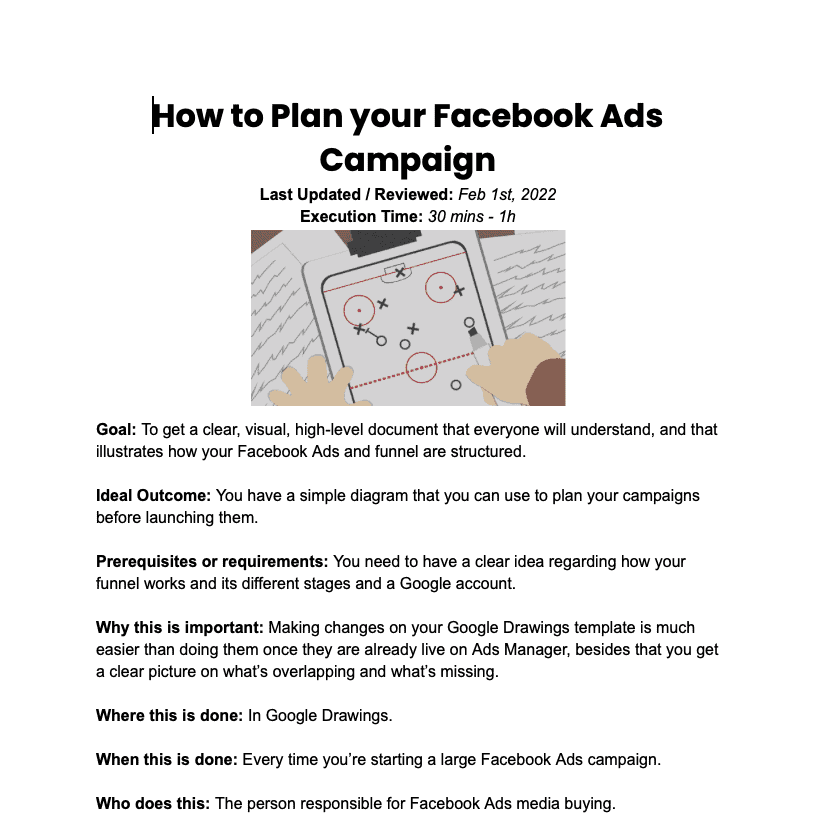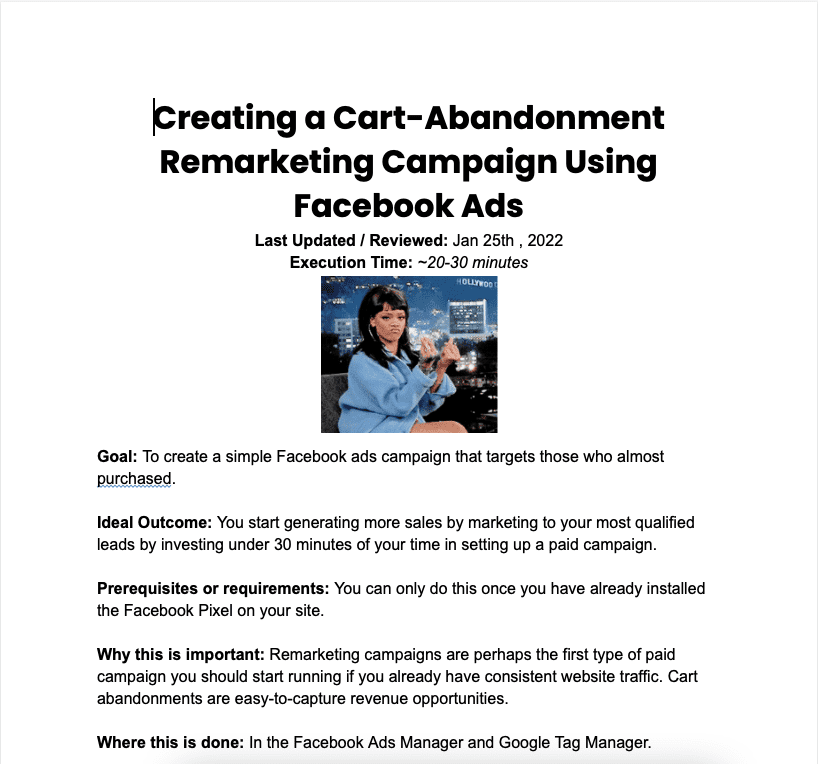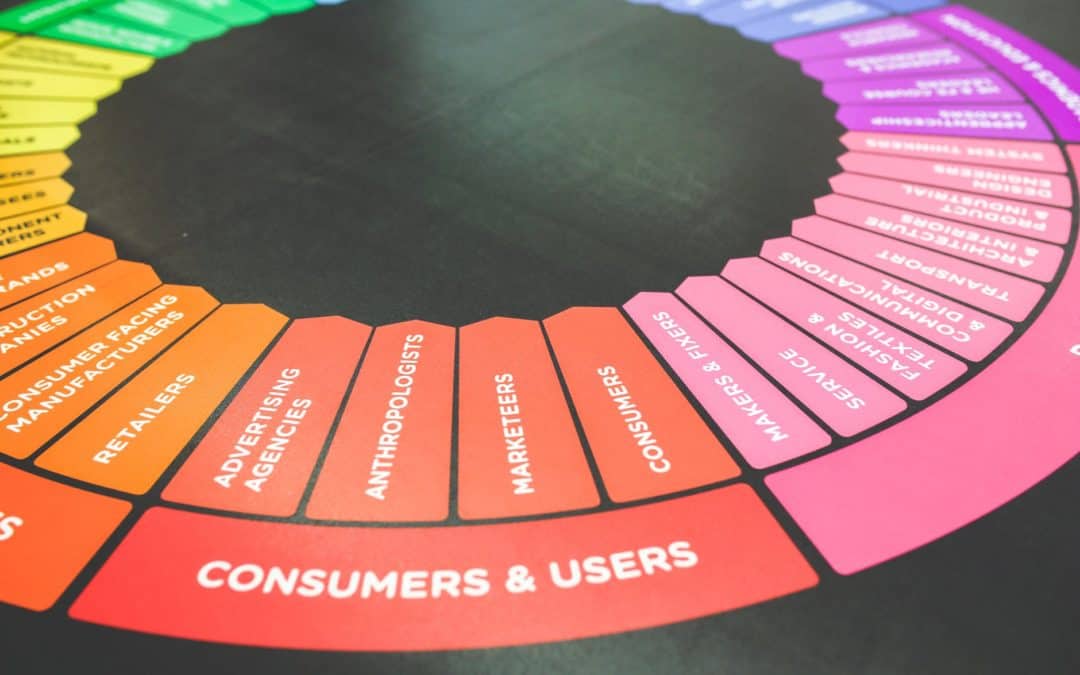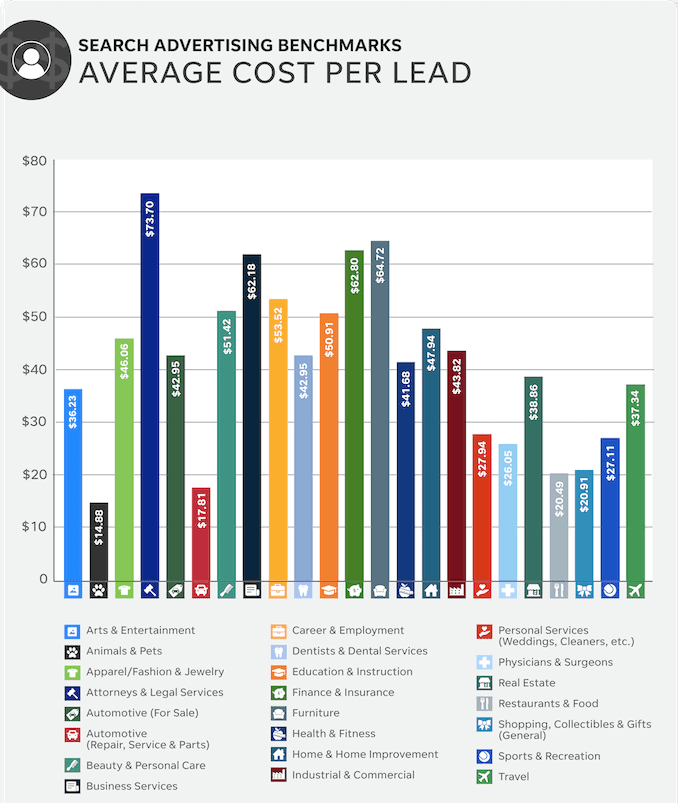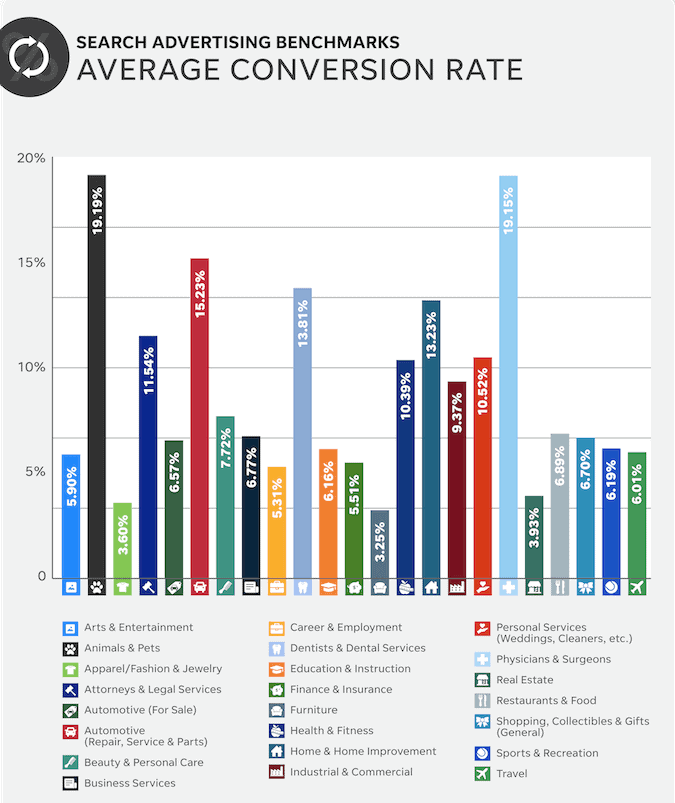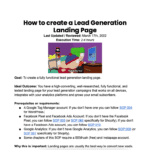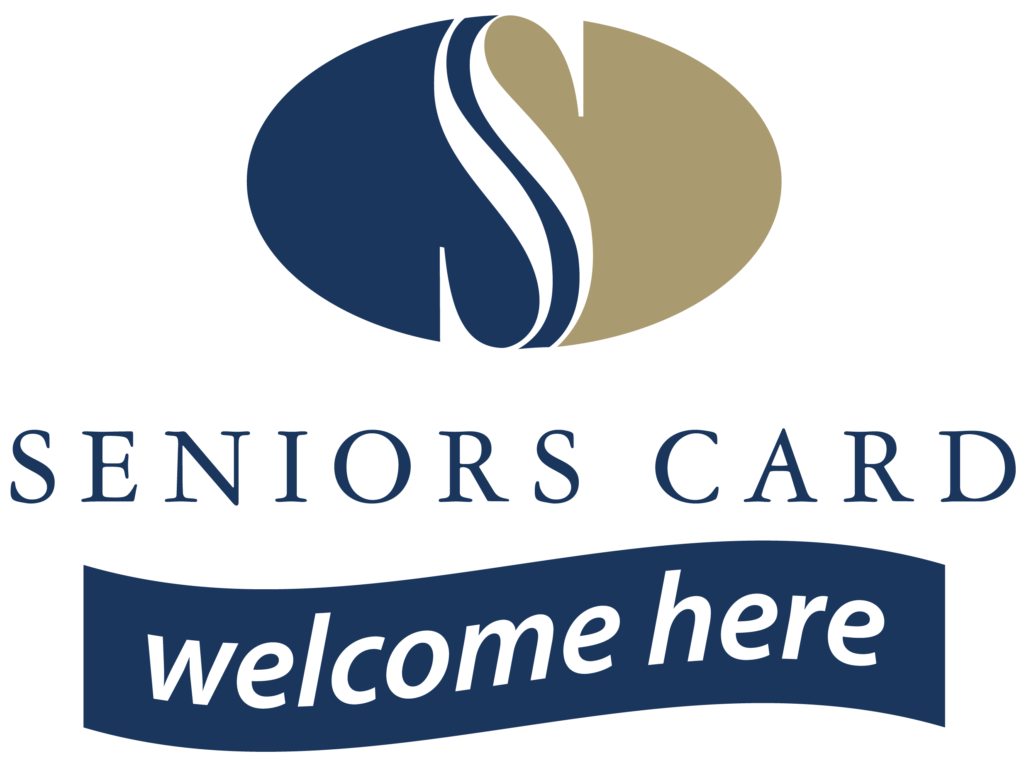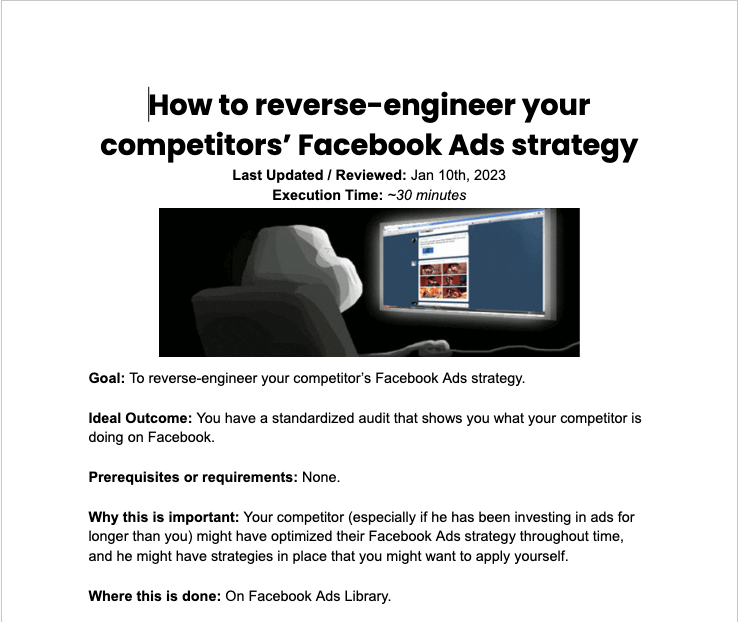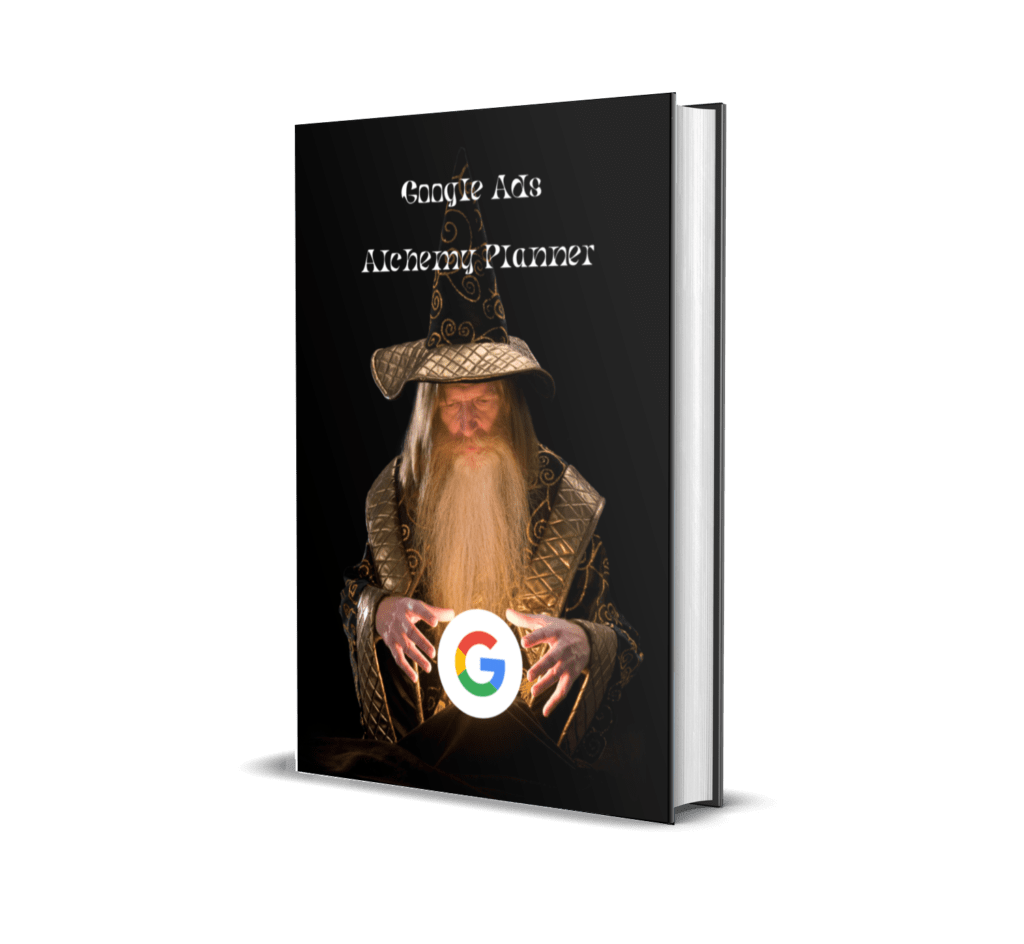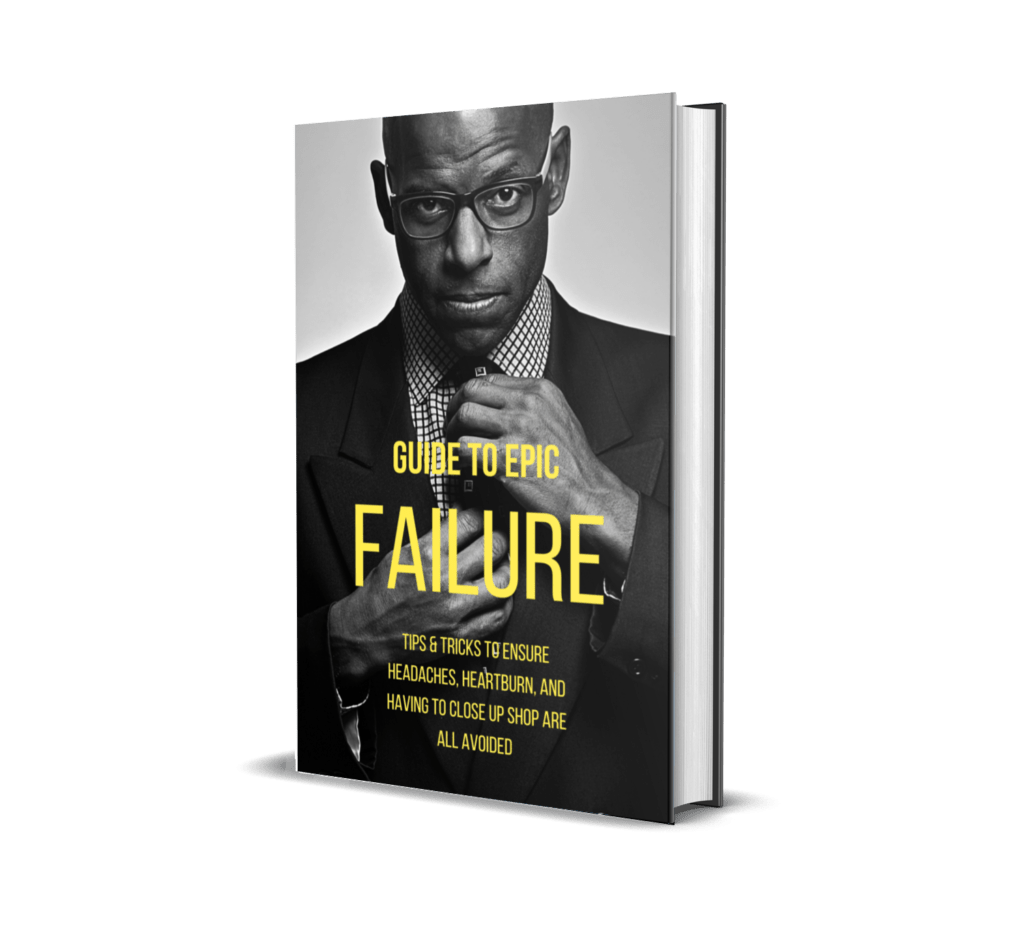Does Size Really Matter?
Well in marketing your small business, it most certainly does. In this article I’m going to show you one of the biggest marketing miscalculations made by small business when it comes to getting their message to their target market.
I can’t tell you how widespread this problem is, and it’s at the very core of why most small business marketing fails.
If you’re a small business owner, you’ve almost certainly given some thought to marketing and advertising, things like; What approach are you going to take? Where are you going to advertise? What are you going to say in your advertising?
The most common way most small business owners decide on doing this is by looking at large, successful competitors in their industry and copying what they’re doing.
This seems a pretty smart thing to do right? Copy what other successful businesses are doing and you will also become successful?
But honestly, this is one of the quickest ways to fail and I’m very certain it’s responsible for the bulk of small business failures. Here are the two major reasons why I think that is..
Large Companies Have A Different Agenda
Large companies have a very different agenda when it comes to marketing than small businesses do. Their strategies and priorities differ from yours significantly.
The marketing priorities of a large company looks something like this:
- Pleasing The Board Of Directors
- Appeasing Shareholders
- Satisfying Superiors’ Biases
- Satisfying Existing Clients’ Preconceptions
- Winning Advertising And Creative Awards
- Getting “Buy In” From Various Committees And Stakeholders
- Making A Profit
The marketing priorities of a small business look something like this:
As you can see there is a world of difference in the marketing priorities of small and large companies. So naturally there is a big difference in strategy and implementation.
Big Companies Have A VERY Different Budget
Strategy changes with scale. This is very important to understand.
Do you think, for example, a large property investment company has a different property investment strategy to the average small property investor? Of course they do..
The large company’s strategy simply won’t work on a small scale. You can’t just build one floor of of a skyscraper and leave it at that. You need them all.
If you have an advertising budget of millions and years to get a profitable result, then that’s going to be a very different strategy to needing to make a profit immediately with a $5000 to $10,000 budget.
Using a large company marketing strategy, your $10,000 is going to be a drop in the ocean. It will be totally wasted and ineffective because you’re using the wrong strategy for the scale that you’re operating at.
Branding and ego-based mass marketing is the domain of large companies. To achieve any kind of cut through requires an enormous budget and the use of expensive MASS media.
So What’s left For The Little Guy?
Direct response marketing gives small businesses a way to compete on a small budget. It’s designed to be accountable and ensure you get a return on investment that is measurable.
Following the path of other successful businesses is smart, but it’s vital that you understand the full strategy you’re following and that you’re able to implement it.
Strategy from an outside observer’s perspective can be very different to the reality. If you’re following a strategy that has different priorities to you or has a vastly different budget then it’s highly unlikely it will generate the kind of result you’re hoping for.
Yours In Market Success
John
Thanks go to Allan Dib from Successwise for his insights
